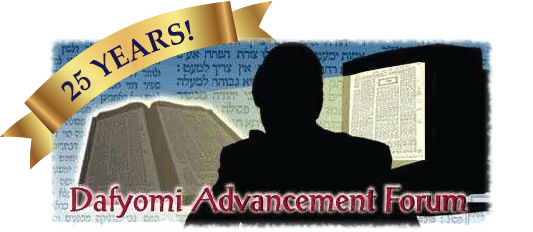Where is the place of Hashem's throne?
Radak: It is as if says 'I will dwell there.' The Beis ha'Mikdash is opposite (below) Kisei ha'Kavod.
Radak citing Shemos Rabah 33:4: The Beis ha'Mikdash is called Kisei, just like Shamayim ? "Kisei Kevod Marom me'Rishon Mekom Mikdashenu" (Yirmeyah 17:12). I explained this in Sefer Yirmeyah. Yonason translates here 'this is the place of My throne.'
Malbim: This is because it will be unlike the past, in which the Shechinah was primarily in Shamayim ? "ha'Shamayim Kis'i veha'Aretz Hadom Raglai" (Yeshayah 66:1). The Mikdash was His footstool. I.e. the primary conduct was via nature and the Ma'arachah, just he moved the Ma'arachah based on the desire of Hashgachah in the Mikdash and on the land. When Hashgachah wanted to raise the horn of Yisrael, it moved the Galgal to favor Yisrael and fill Beis Hashem with life and Brachah. Therefore the Mikdash is called Hadom Raglav ? "v'Lo Zachar Hadom Raglav b'Yom Apo" (Eichah 2:1), "v'Shulav Mele'im Es ha'Heichal" (Yeshayah 6:1). In the future, also the Kisei will be below in the Mikdash. The Shechinah will be fixed there, and conduct of the Ma'arachah will totally cease ? "Lo Yihyeh Lecha Od ha'Shemesh l'Or Yomam", "v'Chofrah ha'Levanah u'Voshah ha'Chamah Ki Malach Hashem Tzevakos b'Har Tziyon uvi'Yrushalayim" (Yeshayah 60:19, 24:23).
Where is the place of Hashem's feet?
Radak: This is like "veha'Aretz Hadom Raglai" (Yeshayah 66:1). Yonason translates here 'this is the house where My Shechinah will dwell.'
Will Hashem dwell among Bnei Yisrael only in the future?
Malbim: In the future His Shechinah will be fixed in the Mikdash. Also the Kisei will be below. Also, the primary Shechinah will not be in the Mikdash, rather, amidst Bnei Yisrael who gather there. This will be "l'Olam" ? Bayis Shelishi will not be destroyed.
What will be the consequence of "v'Lo Yetam'u Od Beis Yisrael Shem Kodshi"?
Malbim: We will explain (in Perek 48) that in the future, the king and the nation in Yerushalayim will live in the city built 45 Mil 1 from the Mikdash. (The inheritance of the Kohanim and Leviyim will be around the Mikdash.) Due to the great Kedushah and fixing of the Shechinah, Yisrael will need to distance, lest they and their kings be Metamei My name, like they did until now.
A Mil is 2000 Amos, about a kilometer. (PF)
Why does it mention "bi'Znusam"?
Radak: They were Mezanah after other gods, and put their images in their houses, which were by Beis Hashem.
Malbim: Their Zenus was Metamei His name.
What are "uv'Figrei Malcheihem"?
Rashi: Their houses were close to the Mikdash, like we find regarding kings ? Shlomo (Melachim I, 10:5) and Asalyah (Melachim II, 11:16, 19). Sometimes they buried people of their house there ? "b'Sitam Sipam Es Sipi" (the coming verse). Radak ? we find that Menasheh and Amon were buried in the gardens of their houses (Melachim II, 21:18, 26).
Malbim: They are called dead even in their lifetimes. Just like a body is a Peger Mes if the Nefesh Chiyunis, which feels, departs from it, so while his animalistic Nefesh is in it, it is called Mes and Peger if the Divine, spiritual Nefesh departed. He is called Mes with respect to what is called an Adam that speaks and grows wise. Life of the intellectual Nefesh is only as long as he guards his spiritual form. When spirituality departed, he is an animal in the form of a man; his humanity died and passed.
What do we learn from "Bamosam"?
Radak #1: They made their Bamos (altars) in their houses.
Radak #2: They made their Bamos in the place of their dead kings.
Malbim: Their kings were Metamei [His name] in their death 1 ; they buried them in the city. Tana'im (in Tosefta Bava Basra 1:7) argue about whether or not we remove a grave of a king or Navi from the city.
Malbim explains as if it says b'Mosam, with a Sheva under the Beis. (PF)




